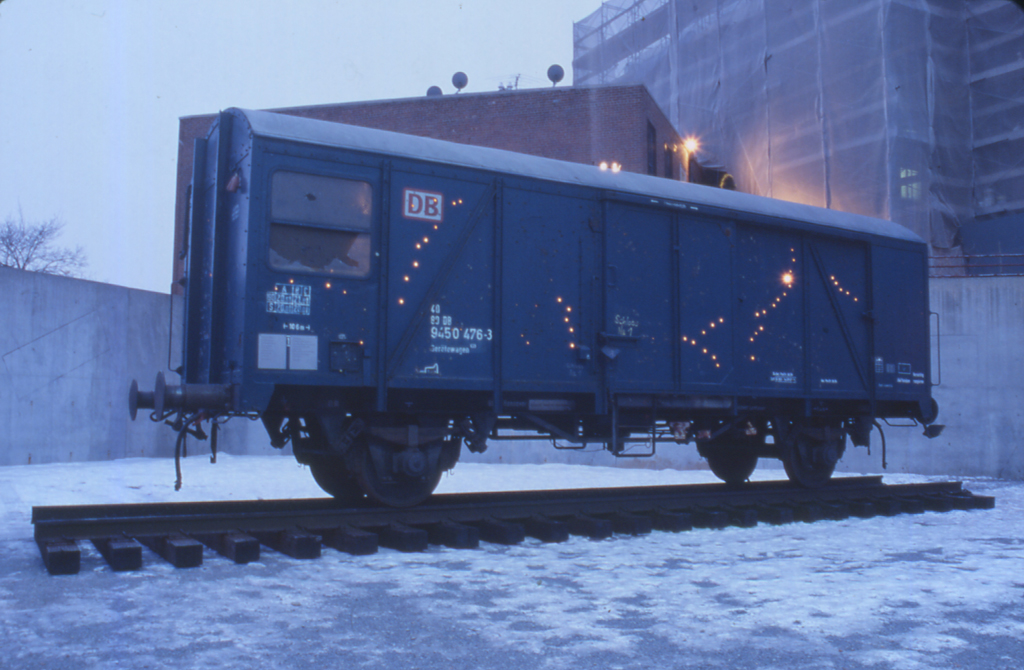

Like a Windows startup disk, the startup disk on your Mac is the disk that saved the operating system on your Mac. If You Delete Some Important Files on Your Mac by Mistake.What Does It Mean When Your Startup Disk Is Full?.What Is Taking Up Space on Your Mac Startup Disk?.

If you need to compress the disk even further, try removing unnecessary files from it before using the “Reclaim” option in Parallels.From this MiniTool article, you can know what the startup disk on your Mac is, what is taking up space on the Mac startup disk, the influence of startup disk full, and how to clear the startup disk space when the startup disk is full or your disk is almost full on your Mac. Clean up Parallels Desktop cache files: Parallels stores some cache files on your Mac, and you can click “Clean up” to delete the cache files associated with this particular virtual machine.If it’s grayed out, you’ll need to click the “Resume” button and then shut down your virtual machine to continue. To shrink the virtual machine’s files on your Mac, click the “Reclaim” disk space button here. Reclaim Disk Space: Virtual machines tend to expand over time as you add and delete files inside them.But these files will be erased whenever you shut down the virtual machine. This is just a temporary fix, however-if you restart the virtual machine in the future and then put it back to sleep instead of shutting down, those resume files will be recreated. If you resume the virtual machine by clicking the “Resume” button and then select “Shut Down”, these files will be deleted. Resume & Shutdown: If you put the virtual machine to sleep instead of shutting it down, the contents of the virtual machine’s memory are saved to your Mac’s hard drive.

Click the “Snapshot Manager” button and you can choose to delete some snapshots to free up space.


 0 kommentar(er)
0 kommentar(er)
